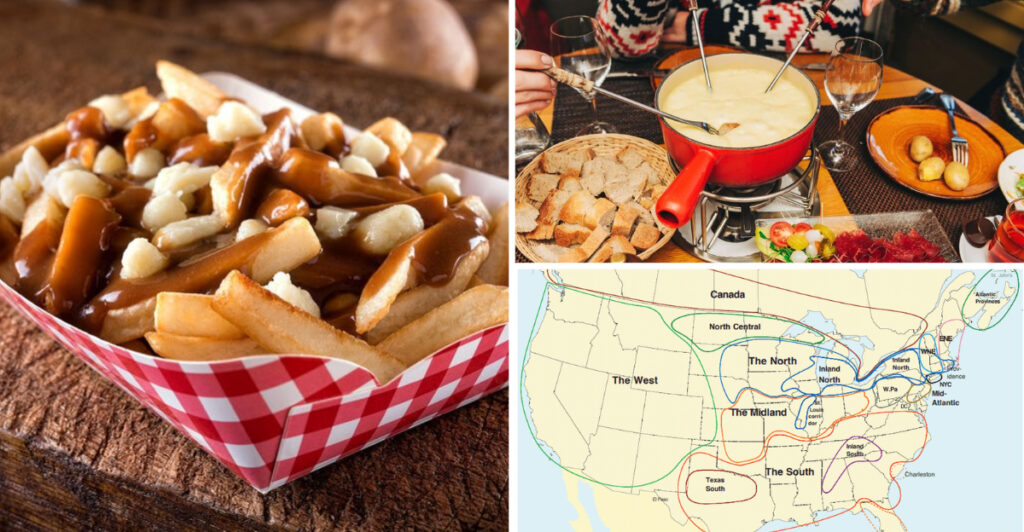Traveling to the US and Canada offers unique experiences, each with distinct cultural, historical, and natural attractions. While both countries share a border and some cultural aspects, their differences are significant and worth noting. This blog post explores the 15 biggest differences travelers might encounter when visiting these neighboring nations, from language nuances to culinary delights and beyond.
1. Language and Dialects
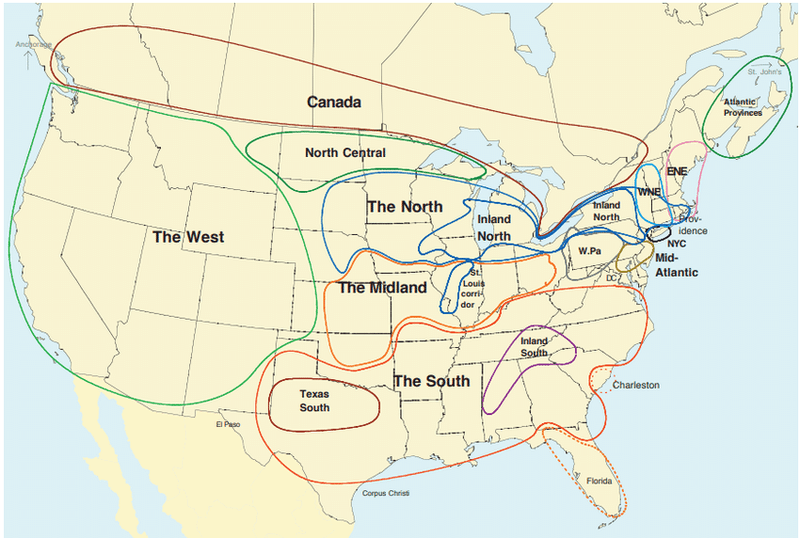
In the US, English dominates, yet regional dialects like the Southern drawl or New York accent add flavor to interactions. Canada, by comparison, is proudly bilingual. French, especially in Quebec, offers a cultural twist. Travelers may enjoy attempting to converse in the romantic tones of Quebecois French.
Understanding local slang enhances the experience, whether it’s deciphering ‘y’all’ in Texas or ‘eh’ in Canada. Such linguistic quirks provide a fascinating glimpse into cultural identity.
Language opens doors to deeper connections and enriches travel tales, making each conversation memorable.
2. Currency and Payment Methods
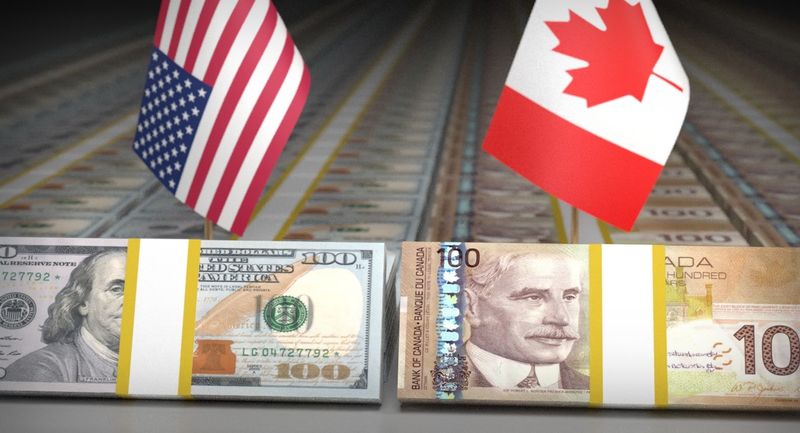
Currency can be a puzzle for travelers. The US dollar reigns supreme in America, while Canada boasts its colorful dollar bills. Navigating these currencies requires a keen eye. With the fluctuating exchange rate, budgeting becomes an adventure.
Both nations embrace cashless transactions, yet subtle differences exist. The US leans more on credit cards, while Canadians often use debit cards. Digital payment methods like Apple Pay are widely used in urban centers of both countries.
Understanding these nuances ensures smooth transactions, avoiding any financial faux pas along the way.
3. Cultural Conventions and Etiquette

Cultural conventions guide interactions and norms. The US, known for its assertive friendliness, can surprise with its bold greetings. Canadians, however, are often applauded for their politeness. This manifests in subtle gestures like holding doors open or apologizing profusely.
In restaurants, tipping practices vary. Americans typically tip 15-20%, while Canadians may tip slightly less. Understanding these norms enhances social interactions and promotes goodwill.
Such differences enrich travel experiences, encouraging travelers to adapt and embrace new cultural practices, fostering respect and understanding.
4. Measurement Systems

Did you know Canada uses the metric system while the US sticks with imperial? This means temperatures in Celsius versus Fahrenheit, or kilometers instead of miles. Travelers need quick calculations to navigate effectively.
Road signs can be baffling; miles transform into kilometers, confusing the unprepared. Weather forecasts challenge travelers with Celsius predictions in Canada.
Embracing the local system enhances travel experience. Measurement systems might seem trivial, but they represent a broader cultural identity, showcasing a country’s historical ties and preferences.
5. Healthcare Systems
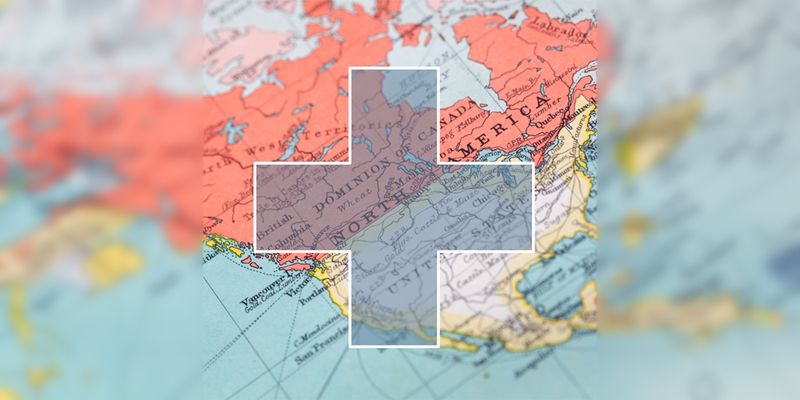
Healthcare can be a critical consideration for travelers. Canada’s universal healthcare is a source of national pride, offering accessible services to all citizens. In contrast, the US relies on a complex, insurance-based system, often leading to higher out-of-pocket costs.
Travel insurance becomes essential for those visiting the US, ensuring medical needs are covered. Understanding these systems can prevent unexpected expenses.
These differences highlight broader societal values, shaping how citizens perceive public services and individual responsibilities. Travelers gain insight into national priorities through these contrasting healthcare models.
6. Cuisine and Culinary Traditions
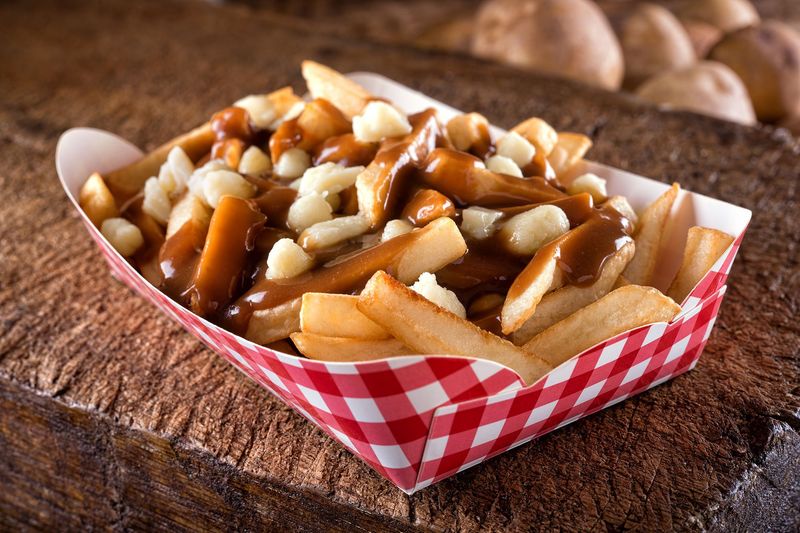
Cuisine reveals cultural identity. American fast food like burgers and hot dogs contrasts with Canadian staples such as poutine and maple syrup. Each country’s culinary landscape offers travelers unique flavors.
In urban areas, diverse culinary scenes thrive. The US offers international cuisines, while Canada’s multiculturalism shines through its diverse offerings, emphasizing local ingredients.
Sampling local dishes enhances travel experiences, bridging cultural gaps through shared meals. The culinary adventures in these countries promise memorable taste sensations, adding flavor to any travel narrative.
7. National Parks and Natural Wonders
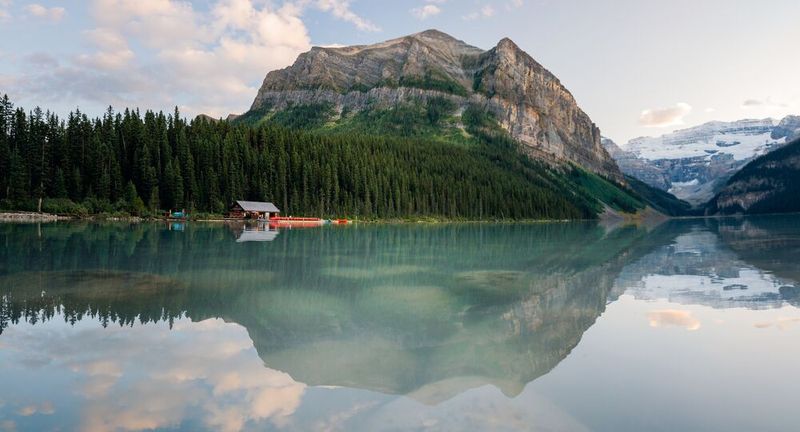
Both countries boast stunning natural landscapes. The US, with its iconic Grand Canyon and Yellowstone, offers awe-inspiring vistas. Meanwhile, Canada’s Banff and Jasper National Parks showcase pristine wilderness and serene beauty.
These parks offer diverse recreational activities, from hiking and camping to wildlife spotting. Each country’s approach to conservation reflects its environmental values.
National parks provide travelers with opportunities for adventure and reflection. Exploring these natural wonders connects visitors with nature, offering serene escapes from urban life and fostering appreciation for environmental preservation.
8. Public Transportation Systems
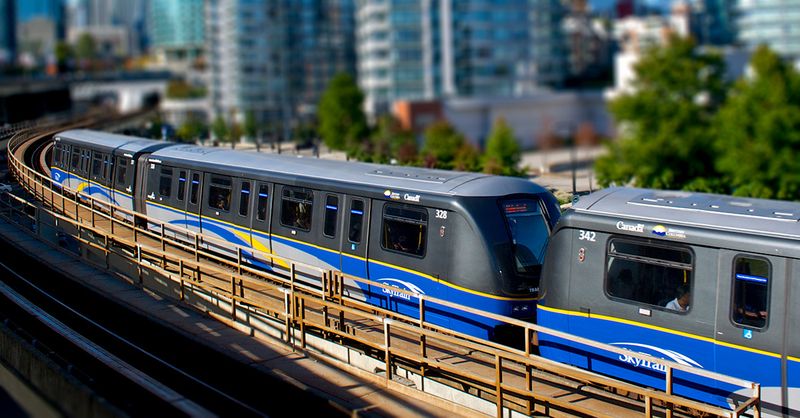
Navigating cities reveals differences in public transport. Major US cities offer extensive systems, yet car culture prevails. In contrast, Canada’s urban centers, like Toronto and Vancouver, excel in public transport efficiency.
Travelers may find Canadian systems more integrated, with seamless connections between buses, subways, and trains. The convenience enhances urban exploration.
Understanding local transport options ensures efficient travel. These systems reflect urban planning priorities and environmental considerations, offering travelers insights into how cities manage growth and sustainability.
9. Legal Drinking Age
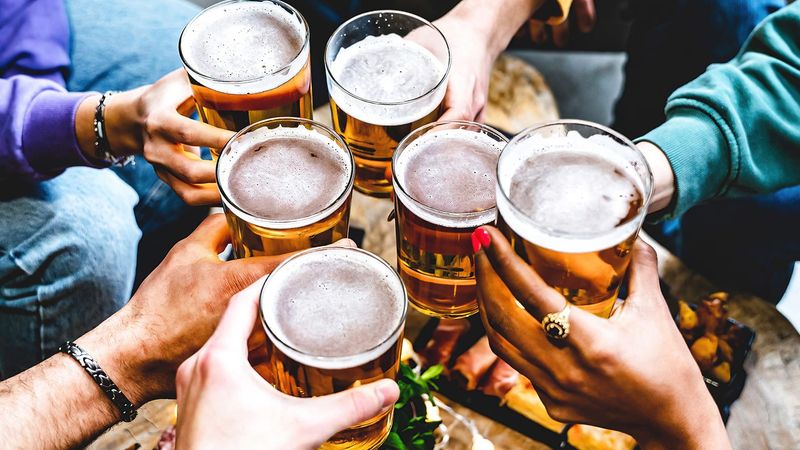
The legal drinking age varies. In most US states, it’s 21, while Canada generally permits drinking at 18 or 19. This discrepancy affects nightlife dynamics for travelers.
Young adults may find Canadian cities more accessible for nightlife experiences. Bars and clubs cater to diverse crowds, offering vibrant social scenes.
Understanding these legal differences ensures compliance and enhances social experiences. The varied drinking ages reflect broader cultural attitudes toward adulthood and responsibility, offering travelers a glimpse into national values.
10. Holiday Celebrations and Traditions
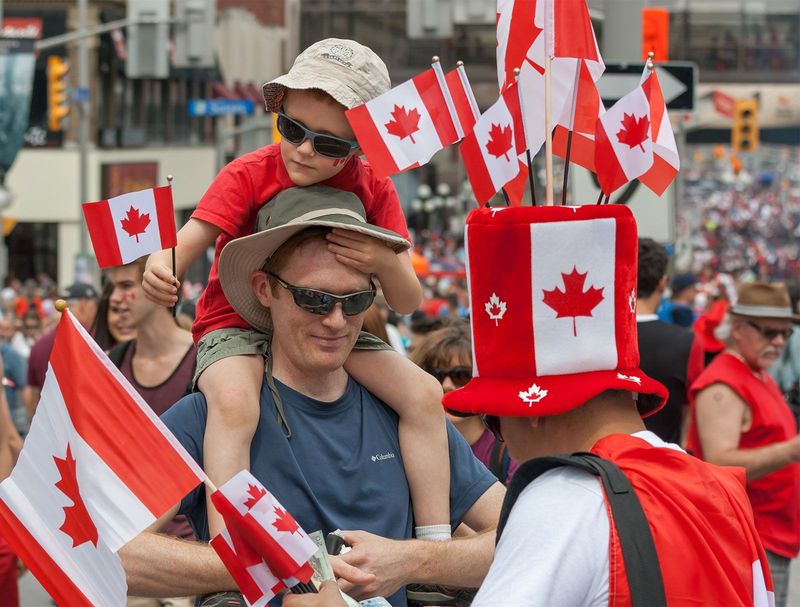
Holiday celebrations highlight cultural uniqueness. The US boasts grand Independence Day festivities with fireworks and parades. Meanwhile, Canada Day features similar patriotic displays, but with distinctive national pride.
Thanksgiving varies; celebrated in November in the US, it occurs in October in Canada, reflecting different harvest times. These celebrations offer travelers cultural insights.
Participating in local festivities enhances travel experiences, fostering connections with residents. The different holiday traditions highlight historical and cultural narratives, inviting travelers to explore each nation’s unique heritage.
11. Wildlife and Nature Experiences
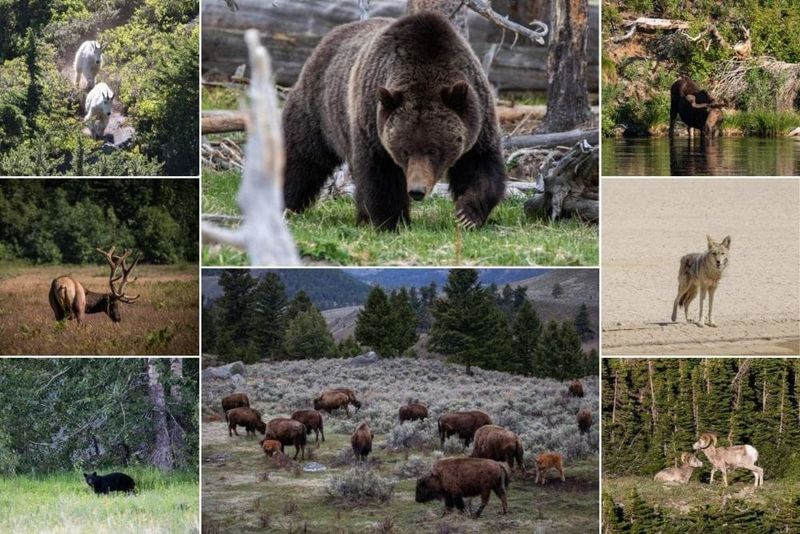
The call of the wild differs greatly. In the US, diverse ecosystems house creatures like eagles, alligators, and bison. Canada’s wilderness offers iconic wildlife like moose, bears, and beavers.
Eco-tourism thrives in both countries. Whale watching in Canada or exploring US national wildlife refuges offers unforgettable experiences. These interactions highlight the importance of wildlife conservation.
Nature experiences connect travelers with the environment, fostering appreciation for biodiversity. Wildlife encounters enrich travel tales, providing a deeper understanding of ecological balance and human impact on nature.
12. Sports and Recreation

Sports culture varies. The US, home to football, baseball, and basketball, enjoys massive sporting events. Meanwhile, Canada embraces hockey as its national pastime, uniting fans across provinces.
Recreational activities also differ; the US offers NASCAR racing, while Canada excels in winter sports like skiing and curling.
Participating in or attending sporting events provides cultural immersion. These activities reflect societal values and community spirit, offering travelers a chance to engage with local traditions and enjoy camaraderie with fans.
13. Historical Sites and Landmarks
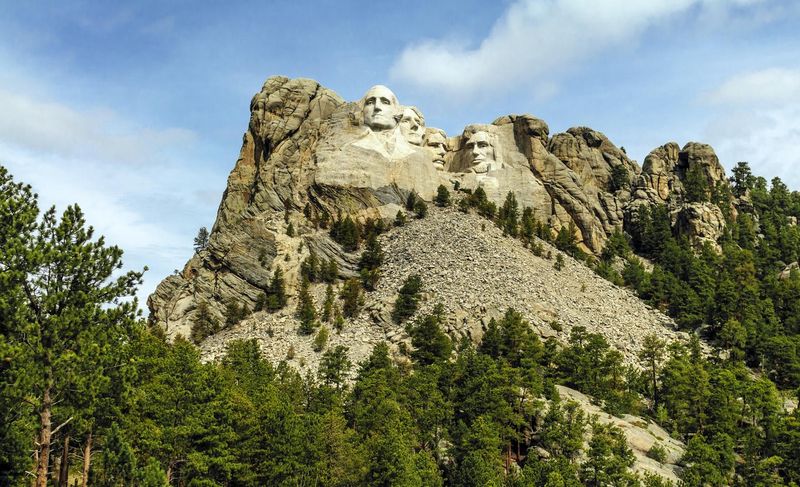
The tapestry of history is rich in both nations. The US offers landmarks like the Statue of Liberty and Mount Rushmore, symbols of freedom and leadership. Canada counters with Old Quebec, a UNESCO World Heritage site steeped in colonial history.
These landmarks tell stories of national identity and milestones. Exploring them offers travelers insights into each country’s narrative and heritage.
Visiting historical sites provides cultural enrichment, connecting travelers with the past. These experiences deepen understanding of historical contexts and cultural evolution, enhancing travel narratives.
14. Fashion and Style

Fashion reveals cultural expression. In the US, diverse styles reflect regional influences, from New York’s chic trends to Los Angeles’ casual vibes. Canada showcases practicality with warm, layered attire suitable for its climate.
Shopping experiences differ; the US offers bustling malls, while Canada emphasizes local boutiques. Fashion scenes reflect societal values and climate considerations.
Exploring fashion trends provides cultural insights, offering travelers a glimpse into societal norms and aesthetics. Fashion serves as a lens into cultural identity and personal expression, enriching travel experiences with style and flair.
15. Technology and Innovation

Innovation drives progress. The US, home to tech giants like Apple and Google, leads with cutting-edge advancements. Canada contributes with notable tech hubs in Toronto and Vancouver, fostering innovation in AI and clean tech.
Technological differences influence everyday experiences, from smart city initiatives to digital services. Travelers encounter these innovations in urban landscapes.
Engaging with tech scenes offers insights into national priorities and future directions. These differences reflect each country’s approach to innovation and economic growth, providing travelers with a view into the tech-driven world.

